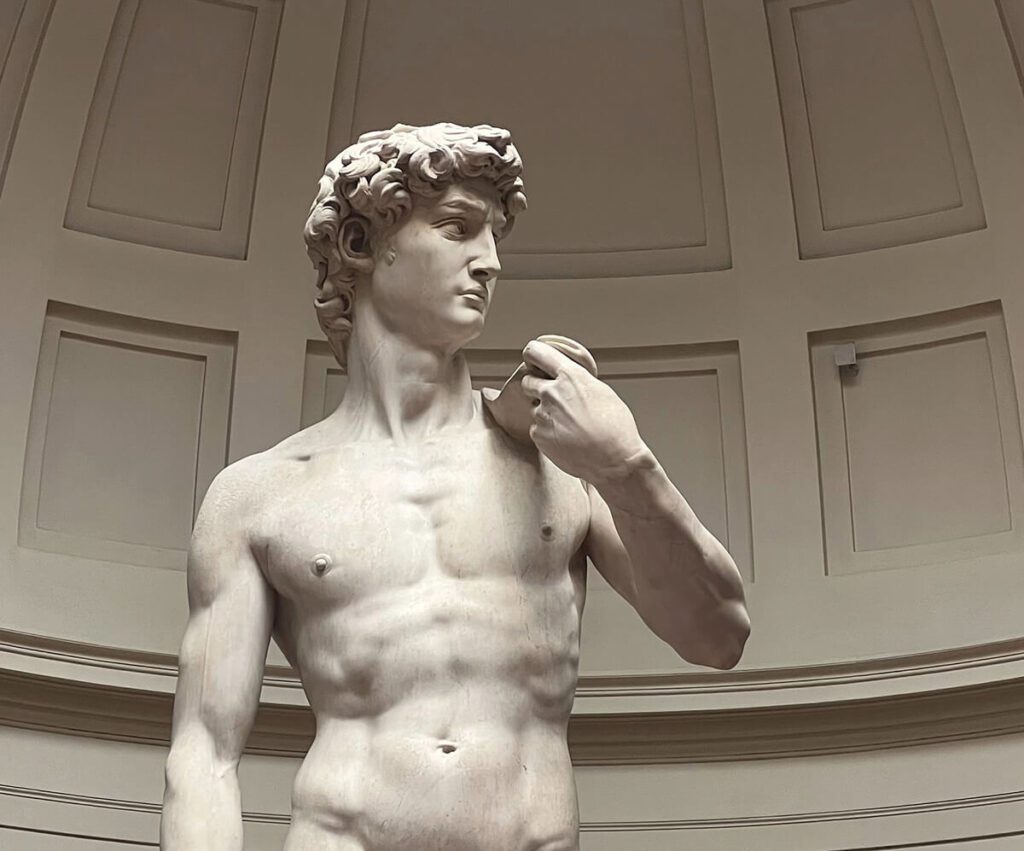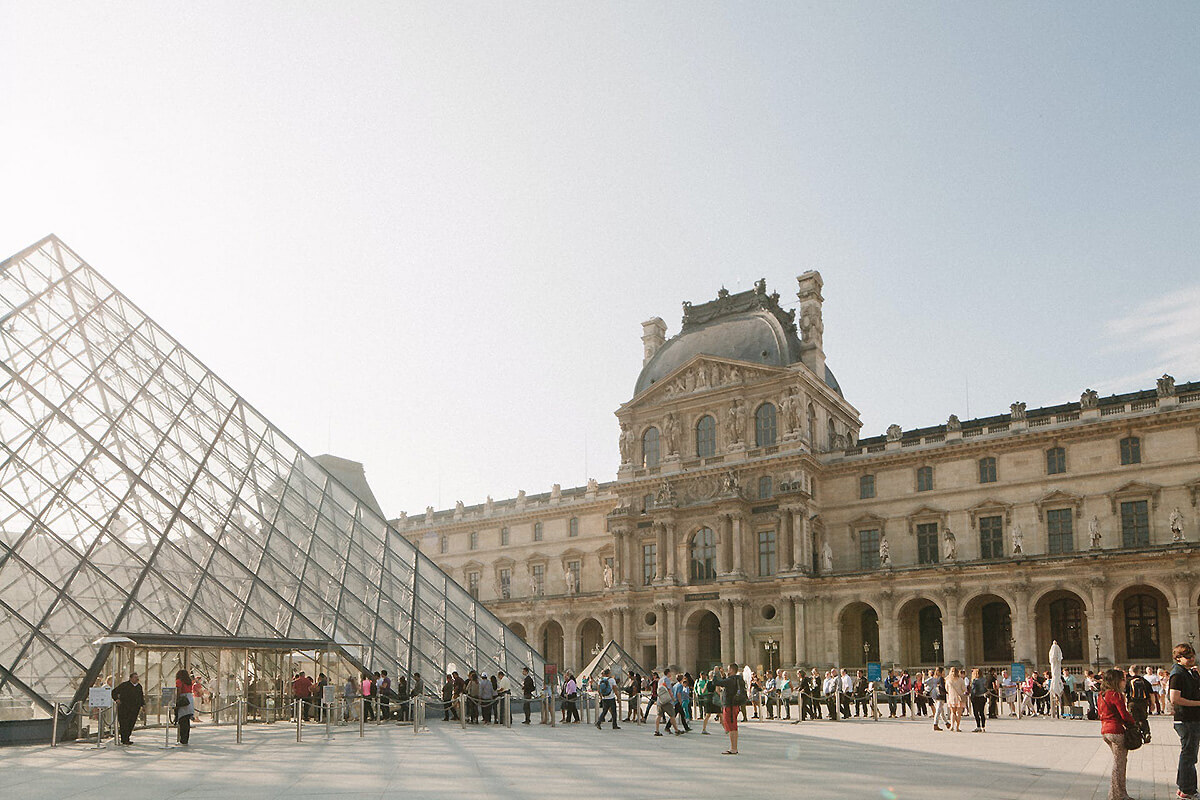The Quintessence of Curating a Personal Art Collection
Art collecting is more than an acquisition of objects; it’s a pursuit of passion, taste, and personal expression. For those who tread this path, understanding how to build a collection that reflects not just value but also a narrative is essential. Here, we explore the nuanced art of curating a personal collection, focusing on five key methods for selecting artworks.
1. Understanding Artistic Value and Historical Significance
The first step in building a significant art collection is understanding the value of art beyond its price tag. This includes studying the historical importance of different art movements, the influence of various artists, and the context in which artworks were created. Portraits, for instance, have long been cherished as symbols of heritage and identity, capturing the essence of their subjects across centuries.
2. Diversifying Your Collection
Diversity in an art collection not only enhances its aesthetic appeal but also its investment value. This diversity can be in the form of different art forms, such as paintings, sculptures, and photography, or varying artistic styles and periods. Incorporating different mediums, like the timeless allure of portrait art, can add depth and perspective to your collection.
3. The Enduring Value of Portraiture in Collections
Portraits have historically been a significant part of prestigious art collections. The intrinsic value of portraits lies in their ability to capture and convey personal stories, making them not only a beautiful addition but also a potentially lucrative investment. Remarkable auction results over the years have underscored the financial worth of well-chosen portrait pieces. Throughout art history, portraiture has maintained its status as a celebrated art form, consistently achieving noteworthy auction results and becoming the cornerstone of many prestigious collections. The allure of portraits lies in their ability to capture the human essence, offering a window into the soul of the subject and the era they represent.
4. The Modern Pleasures of Art Acquisition: Art Fairs and Beyond
In today’s world, art fairs have become a central hub for collectors. These events offer a unique opportunity to discover emerging talents, network with fellow art enthusiasts, and acquire pieces that can transform a collection. The experience of acquiring art at these fairs is as enriching as the art itself, providing a modern twist to the traditional act of collecting.
5. Assessing the Societal Impact
The impact of an art piece on society, its cultural relevance, and the dialogue it generates are crucial considerations. Art that sparks conversation or reflects significant societal themes can be both personally gratifying and socially valuable.
My Personal Approach: Crafting Valuable and Legacy-Driven Art
In my artistic practice, I focus on creating portraits that are not just visually captivating but are also rich in narrative and historical depth. Each piece is crafted to celebrate individuality and to stand as a lasting legacy for generations to come. My commitment is to create art that not only enhances your collection but also holds enduring value and significance.
Building a diverse and valuable art collection is a journey of discovery, taste, and personal expression. By focusing on these key methods, collectors can curate a collection that not only resonates on a personal level but also holds its ground as a sound investment and a reflection of cultural heritage.

Atlanta
